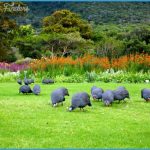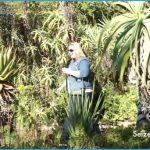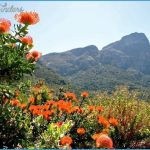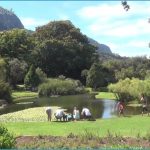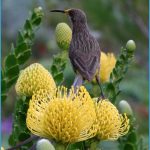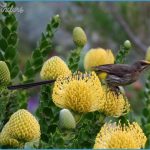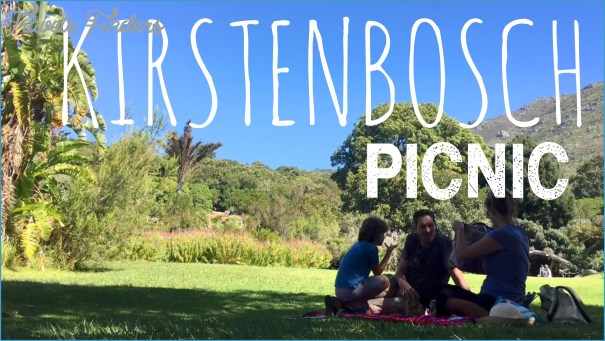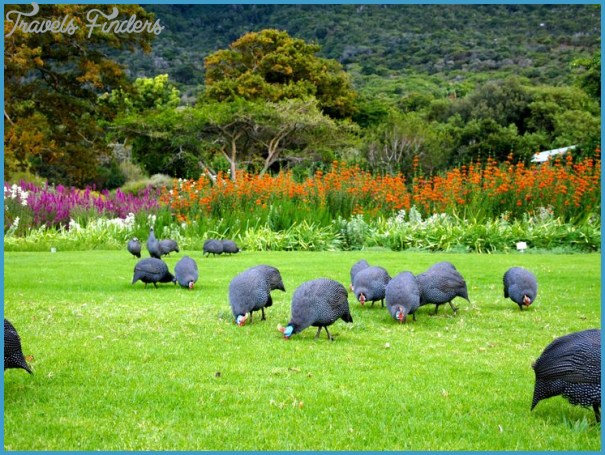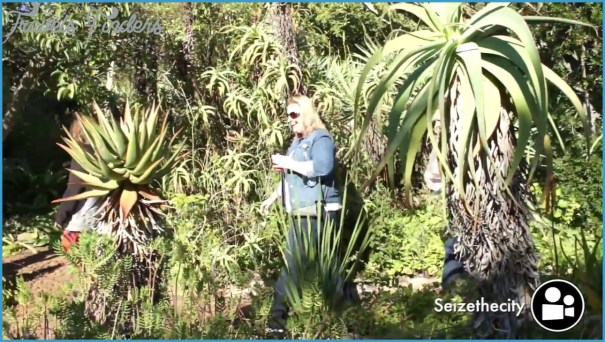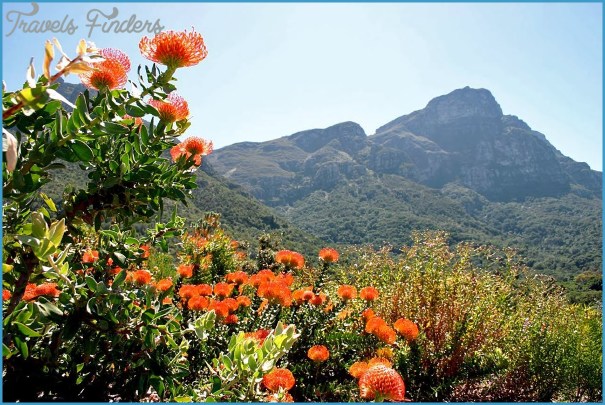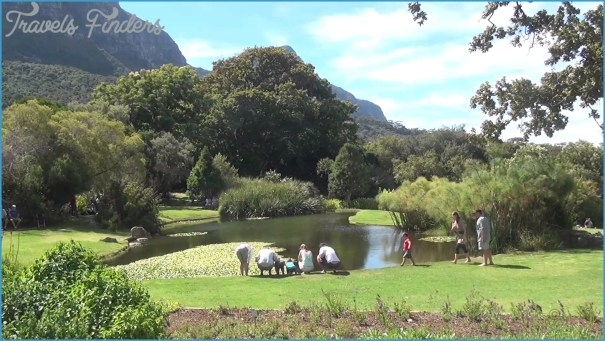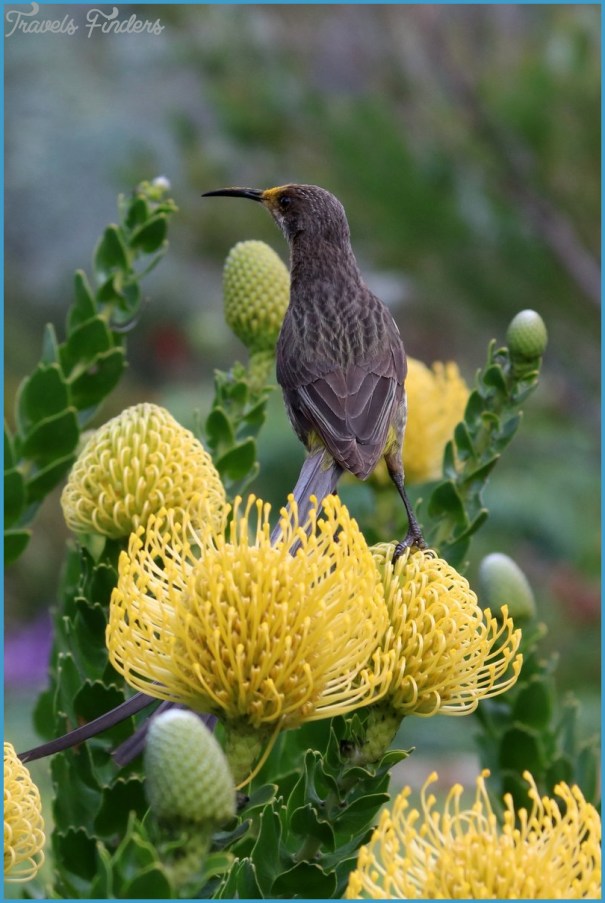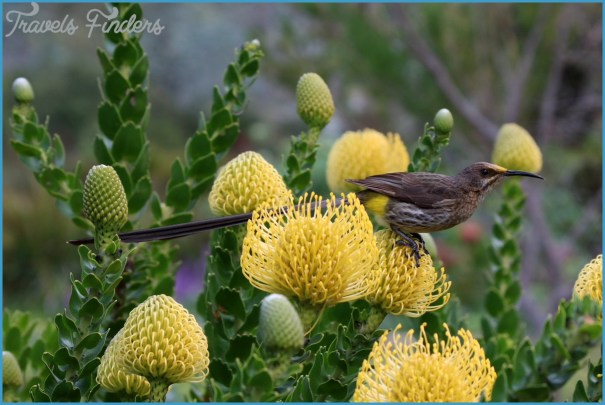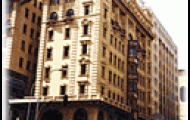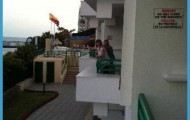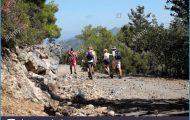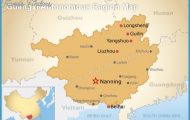Good horticulture, with sensitive landscaping, is today reflected in the individual personalities of each of the new gardens. Successive curators have shared their knowledge with one another and with fellow horticulturists across the country. Plant material, too, could be exchanged between gardens and its potential tested under different environmental conditions. Joint field trips in search of promising new introductions built up the living collections of the network as a whole, today numbering over 9 000 species, representing almost 50 per cent of the nation’s flora.
During the 1990s, the new South African government was well aware of the need to address unemployment in the country. The Reconstruction and Development Programme was established, followed by the Poverty Relief Programme of the late 1990s, which sought labour-intensive projects that could be used to develop not only basic skills in manual labour, but also life skills, such as in personal financial management and health care.
Ever ready to explore new avenues of support, the then NBI approached its parent agency, the Department of Environmental Affairs and Tourism (DEAT), to access funds for its ambitious capital development programme.
Working in Kirstenbosch Photo Gallery
With the novel approach of strategic opportunism’ introduced by NBI CEO Brian Huntley, an extensive infrastructure development programme was mobilised. Planned by Huntley and implemented by Christopher Willis (who had co-ordinated the highly successful SABONET project prior to being appointed Director of all the NBI gardens in 2000) and other colleagues, it encompassed a new Environmental Education Centre in Pretoria NBG (which became part of the new NBI in 1990), Education and Visitors’ centres in Lowveld and Free State NBGs, a Restaurant and Conference Centre at Walter Sisulu NBG, and similar infrastructure in Harold Porter and Karoo Desert NBGs, and in the network’s latest acquisition, Hantam NBG. During the first 15 years of the post-1994 government, more funding for infrastructure was raised, and more skills developed and jobs created through projects in the NBGs than in the preceding 80 years.
A blaze of bright mesems (mauve Lampranthus hoerlenianus and red Drosanthemum speciosum) surrounds the thatched Kokerboom restaurant at the Karoo Desert National Botanical Garden.
Neville Pillans, the talented young botanist who in 1911 introduced Pearson to the site of the future Kirstenbosch, was also party to identifying the site of the first Karoo NBG. Visiting the arid hinterland of the Cape in 1920, Pillans, Robert Compton, James D. Logan (owner of Rietfontein Estate and known as the Laird of Matjiesfontein’) and the horticulturist of the South African Railways, Frank Frith, chose an irregular rectangle of land alongside the railway line near Matjiesfontein as the site of Kirstenbosch’s first satellite garden. The Garden was named after the railway station, Whitehill. Sir William Hoy, General Manager of the South African Railways, and a passionate friend of Kirstenbosch, authorised free transport by rail from any corner of South Africa for any plant material donated to the Garden. His influence in matters horticultural persisted for many years within the South African Railways system, which once had great pride in its station gardens -now, sadly, a lapsed tradition.
The Whitehill garden had a heroic but short life. Compton’s objective was for it to be a repository of some of the most remarkable forms of life that the world contains’ – a reflection on the fascinating flora of the arid Karoo. Funds were extremely limited, as was rainfall – an average of less than 200 millimetres per annum. The first Curator was the local Station Master, Joseph Archer, appointed in 1925, who served the Garden until 1939. His enthusiasm, and the interest of the botanists at Kirstenbosch, resulted in a paper’s being published on the flora of the Whitehill district, which included the description of an astonishing four new genera and 52 new species. The Garden struggled on without a Curator once Joseph Archer had left, until the decision was taken in 1945 to move it to a more accessible site – in Worcester. The Worcester Municipality, and a donor, Charles Heatlie, made land available at the foot of the Brandwacht Mountain on the margins of the pretty little farming village (as it was then). The move took place in 1945/46, with Swiss horticulturist Jacques Thudichum as Curator from 1945 to 1958.
The living collections of desert succulents in the Karoo Desert NBG are a major scientific and conservation asset.
Brianhuntleya intrusa, an Endangered succulent endemic to the Little Karoo, is propagatedfor sale by the Garden’s nursery.
Yellow daisies Hirpicium integrifolium and pink Ruschia caroli bring colour to the harsh Karoo landscape.
Kokerbooms tower above the Aloe pearsonii (named after first Kirstenbosch Director, Harold Pearson) in the foreground.
The official opening of the new Karoo National Botanic Garden, attended by 600 people, was presided over by the Governor General, the Right Honourable Gideon Brand van Zyl; he had been a member of the Board of Trustees of the NBG for several years, and had, in fact, drafted the original constitution of the Botanical Society back in 1913. The audience included the Prime Minister, Field Marshal Jan Christiaan Smuts.
Jacques Thudichum laid the foundation to the Garden; he was followed by a succession of succulent enthusiasts including taxonomist/horticulturist Bruce Bayer, who built up the Garden’s scientific collections and developed the stunning spring displays of iridescent vygies (or mesems) for which the site is world renowned.


